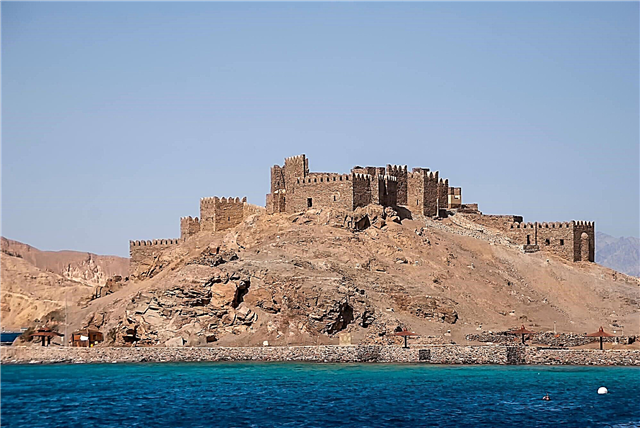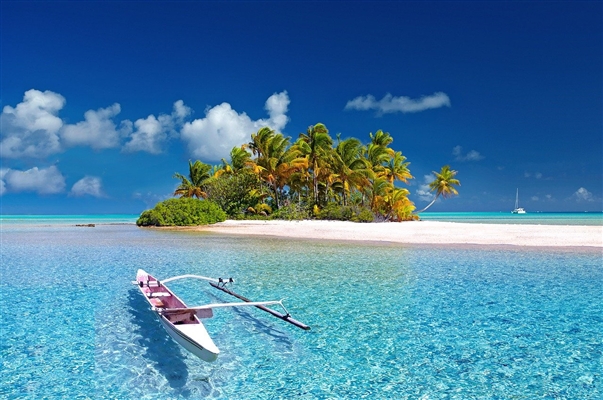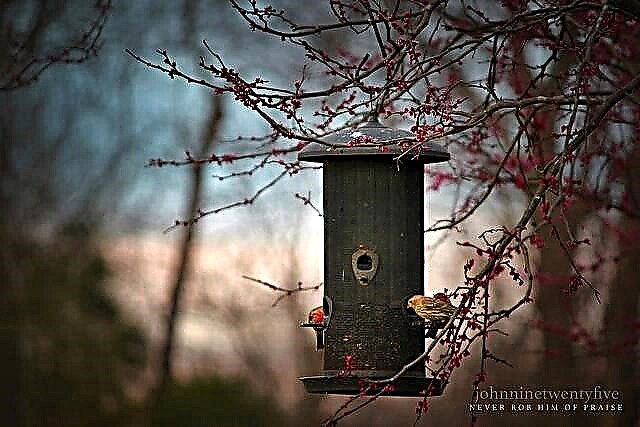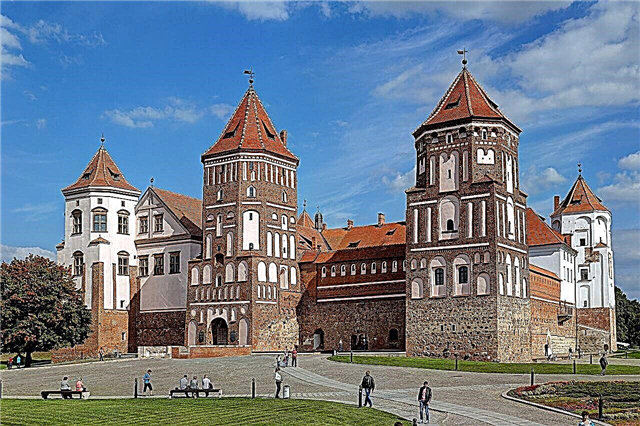Castles of Belarus reflect the troubled history of the country, keep many secrets and mysteries. They were erected in the traditional form - on a rectangular plan, with towers, surrounded by a moat with water. They were often built on a hill or on the banks of rivers. Almost always, these were defensive structures to protect against the onslaught of external enemies. Since the end of the 16th century, castle-type palaces have been built.
In 2011, the state program "Castles of Belarus" was approved, within the framework of which it is planned to restore 38 historical monuments. Currently, some of the castles have been restored; they are open to the public as museums. Some castle complexes host stylized knight fights, festivals and exhibitions. Those castles that are still in ruins await their second revival.
The most interesting castles and fortresses of Belarus
List, photos with names and descriptions of medieval castles!
Mirsky
Built in the 16th century, located in the Grodno region, in the city of Mir. The history of the castle goes back to the Ilyinich family. During the Russian-Polish and Russian-French wars, it was destroyed and rebuilt each time. It is a square red brick building with perimeter towers, a chapel, underground passages and a lake. Completely renovated. Knight's festivals and exhibitions are held here.

Nesvizh
Located in the Minsk region. The masterpiece is a palace complex built of stone at the end of the 16th century by a Radziwill family who lived there for several generations. It was rebuilt many times, so there is a mixture of styles: Gothic, Baroque, Classicism. The castle with a courtyard is surrounded by a moat with water. In 2012, the reconstruction was completed and the rich interiors were restored. Now there is a museum.

Lidsky
Located in the Grodno region. Built in 1323 by order of Prince Gediminas. Throughout its history, many times saved the inhabitants of the city The castle is rectangular in shape with two corner towers and walls up to 2 meters thick. Protected by a moat and an artificial lake. Since 1953 under state protection. Since 2005 it has been the venue for the Gediminas Castle festival, a vibrant celebration of medieval culture.

Brest Fortress
The original defense watchtower dates back to the 13th century. The capital defensive fortress was built in the 19th century. Since 1842, under the name "Brest-Litovskaya", the fortress defended the borders of the Russian Empire. The great page of the feat of the defenders of the Brest Fortress - June 22, 1941. The fortress took the first and unexpected blow of Hitler's troops. The heroism of the fighters ruined all plans for a lightning-fast capture.

Novogrudok
It is located behind the Castle Hill in the city of Novogrudok - which was the center of the Lithuanian principality. Initially, it served as protection from the Tatars. Over the centuries, 7 towers have been completed behind a high wall surrounded by a moat. The powerful structure staunchly defended against numerous enemies. It was not completely destroyed during the Russian-Polish war, but turned into ruins during the Northern War. Now knightly tournaments are held there.

Kamenets Tower
The tower is 31 meters high and solid walls are more than 2.5 meters thick. Built at the end of the 13th century, in the Romanesque style. Served for defensive purposes. On the ground floor there was a supply of food and a well. There were such towers in every city, but only this one has survived on the entire territory of Belarus. Now there is a historical museum with interesting exhibitions and an observation deck at the top of the tower.

Lyubchansky
Built on the banks of the Neman. Throughout history, the owners of the castle were: Jan Kishka, Krzysztof Radziwilov and his descendants, several European families. The latter, noblemen from the Falz-Fein family, radically transformed the castle at the end of the 19th century and turned it into a country residence. In 1945, the residence was destroyed, and a school was erected on the foundation. The restoration of the appearance of the castle is underway.

Old castle (Grodno)
One of the oldest, built in 1398 by order of Prince Vitovt. A stone castle with five towers was a defensive fortification on the banks of the Neman. For a long time it was the residence of the Polish and Lithuanian kings, receptions and magnificent balls were held here. Rebuilt many times. In the 19th century, it was transferred to the Russian Empire and used as a military base. Now there is a museum and a regional library.

Golshansky
Built in the 17th century, it was the palace residence of the nobleman Pavel Stefan Sapieha, nicknamed Bluebeard. Changed owners, several tragic legends are associated with him: the story of the White Lady, the ghost of the Black Monk. It used to be a magnificent building with magnificent decoration, now in its place there are ruins, which will be restored under the “Culture of Belarus” program.

Krevsky
Located in the Grodno region, erected in the XIV century by the prince of Lithuania Gediminas. The first castle, built entirely of stone, with a wall thickness of 2.5 meters and a height of 12-13 meters. Was part of the "Stone Belt", consisting of castles to protect against the Teutonic knights. It was a defensive fortification, withstood the siege of the Tatar and Moscow troops. Destroyed in the First World War. Now there are ruins.

Smolyansky (White Kovel)
Located in the Vitebsk region, built in the 17th century by order of Prince Semyon Sangushko-Kovelsky. A rectangular structure with four towers around its perimeter, a five-tiered tower at the gate. Three-storey premises were used for living. According to legend, underground passages connected the castle with the monastery in Orsha and the Transfiguration Church. The high tower and part of the wall have been destroyed.

Bykhovsky
Located in the Mogilev region, it belongs to the 17th century. It was built by Jan Karol Chodkiewicz. It was the center of the city's fortification system, which withstood a long siege of enemies. It is located on the high bank of the Dnieper, surrounded on three sides by a moat with water. The fortress fell under the onslaught of the troops of Peter I. The Russian garrison was located there for 7 years. Destroyed, now it is a historical ruin.

Borisovsky
Located in the Minsk region, between the Berezina River and the Prilya tributary. It was a defensive structure built of wood, built from the 12th to the 14th century. The area is 2 hectares, surrounded by a deep moat with water. Oval with five bastions. Has been destroyed and rebuilt many times. In the 19th century, a two-storey stone house was built there; it was called a prison castle. Included in the program "Castles of Belarus".

Vysokovsky
It is located in the city of Vysokoe, Brest region, founded in the 17th century under the governor Pavel Sapega. Earthen ramparts and dilapidated gates have been preserved. These were earthen fortifications with bastions on the banks of the Pulva. The castle was surrounded by water, a pond with a drawbridge in front of the gate, a two-storey brick tower built into the thickness of an earthen rampart, a wooden palace and outbuildings in the central part.

Mozyr
Located in the Gomel region. The castle-settlement was built in the 15th century on the banks of the Pripyat River, surrounded by a high rampart and a moat. It consisted of a palace, three defensive towers, a church, residential and outbuildings. For a long time he protected the inhabitants from the onslaught of enemies. In 1649 he was burned by the order of the governor Janusz Radziwill. In 2008, the original form of the settlement was reconstructed and the original appearance of the settlement was recreated.

Zaslavsky
Located in the Minsk region. Built in the 16th century by the Polish-Lithuanian Glebovichi, this is one of the earliest bastion castles. Located on a hill, surrounded by deep ditches with water. Powerful ramparts are lined with red bricks, the entrance to the gate is via a bridge over a moat, an underground passage and a well in case of a siege. Only defensive earthen ramparts, a tower and dilapidated walls have survived.

Gaityunishsky house-castle
In the style of Gothic and Renaissance, located in the Grodno region on the banks of the Zhizhma. Built in 1611-1612 as a country residence of Peter Nonhart.A rectangular two-storey building with towers around the perimeter and a high tower in the center, thick walls, narrow loopholes in the towers, facades without decor. In the interior there is painting and stucco molding. Since 1956, it has been a psychiatric hospital.

Kossovsky Castle
The construction of the magnificent palace was started in 1830 by Kazimir Puslovsky. The castle has a difficult fate. Owners changed many times, among them Princess Anna Trubetskaya, Prince of Oldenburg. Plundered and destroyed in the First World War. During World War II, a ghetto was set up in the building. In 1944, almost all buildings and structures burned down. The restoration has been going on since 2008.

Estate of Kozell-Poklevsky (Krasny Bereg)
Included in the "Golden Ring of the Gomel Region". The estate consists of a residence, buildings and a park. Built in 1890-1893 by order of M.S.Gatovsky. The style is neo-Moorish, uncharacteristic for the territory, with elements of Gothic, Empire, Art Nouveau and Renaissance. It has been well preserved throughout its history. Restoration has been carried out, all the elegant interior details of 36 rooms have been restored.

Ruzhany Palace
Located in the Brest region. In 1598, a ceremonial palace with defensive towers was built. The building hosted royals and held balls. During civil strife, the estate was destroyed. The second life began in 1786, a palace and park ensemble in the style of Versailles was built. The First and Second World Wars led to the following devastation. In 2008, the restoration began again.












